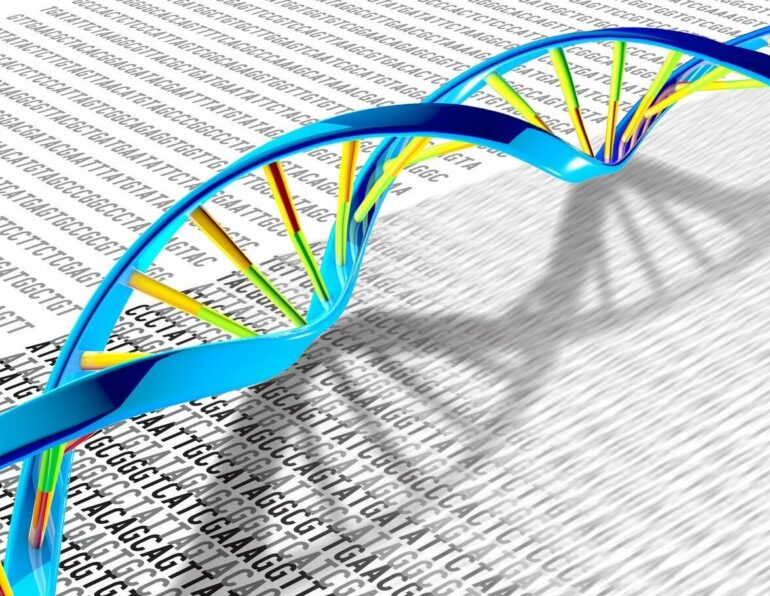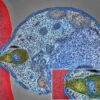In a study published in PNAS, a research team has resolved the first high-resolution structure of the sgc8c DNA aptamer that targets protein tyrosine kinase 7 (PTK7), engineered two optimal sgc8c variants for disease theranostics efficiently, and revealed new principles for the sophisticated structural and functional organization of DNA molecules.
Aptamers are functional nucleic acids that have broad applications in clinical diagnosis and targeted drug delivery. The high binding affinity and specificity of an aptamer for its protein target depend on its intricate three-dimensional (3D) structure.
The 3D structure of an aptamer in complex with its protein partner helps to understand and optimize its functionality. However, the complex structure is difficult to be obtained due to the conformational heterogeneity of the aptamer and/or protein, and the 3D structures of DNA molecules, which are perceived to lack RNA-like tertiary interactions, remain largely unexplored.
Sgc8c is a 41-nt DNA aptamer screened through cell-SELEX to target leukemia cells. The molecular target of sgc8c is PTK7, a transmembrane receptor pseudokinase that is overexpressed in various types of cancers.
Owing to its high binding affinity and specificity for both protein and cell targets, sgc8c has become one of the most widely used DNA aptamers in cancer theranostics. However, the structural basis underlying the functionality of sgc8c remains elusive, and the structure-guided functional understanding and optimization of sgc8c are needed.
In this study, the researchers led by Prof. Tan Weihong, Prof. Han Da, and Assoc. Prof. Guo Pei from the Hangzhou Institute of Medicine (HIM) of the Chinese Academy of Sciences (CAS), first probed 10 Watson–Crick base pairs in sgc8c using solution nuclear magnetic resonance (NMR), and identified three paired regions including P1, P2 and P3.
They then confirmed that nucleotides from P2 constituted the key binding element by using NMR chemical shift perturbations (CSPs) and site-directed mutagenesis assays.
After consolidating that binding to PTK7 did not perturb the original 3D fold of sgc8c, the researchers determined the solution NMR structure of sgc8c, and elucidated an intricate three-way junction fold stabilized by long–range hydrogen bonding and extensive base–base stacking interactions.
Several tertiary interactions, commonly observed in RNA but rarely found in DNA molecules, are crucial to maintain the structure and function of sgc8c. Most intriguingly, sgc8c can recruit more than ten nucleotides from distinct regions and assemble them into its key structural and functional framework.
Guided by the well-established structural and functional relationship, the researchers efficiently engineered two optimal sgc8c variants that exhibit simultaneously enhanced thermostability, biostability, and binding affinity to both protein and cell targets, providing new avenues for diverse aptamer-based biomedical applications.
This work develops a streamlined NMR-based approach to overcome challenges in understanding and optimizing the function of DNA aptamers that target membrane proteins, and highlights the pivotal role of tertiary interactions in shaping the intricate structure and sophisticated function of DNA molecules.
More information:
Axin He et al, Structure-based investigation of a DNA aptamer targeting PTK7 reveals an intricate 3D fold guiding functional optimization, Proceedings of the National Academy of Sciences (2024). DOI: 10.1073/pnas.2404060121
Provided by
Chinese Academy of Sciences
Citation:
Study deciphers intricate 3D structure of DNA aptamer for disease theranostics (2024, July 19)



